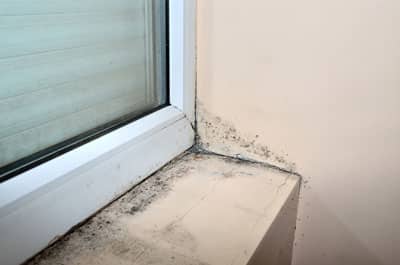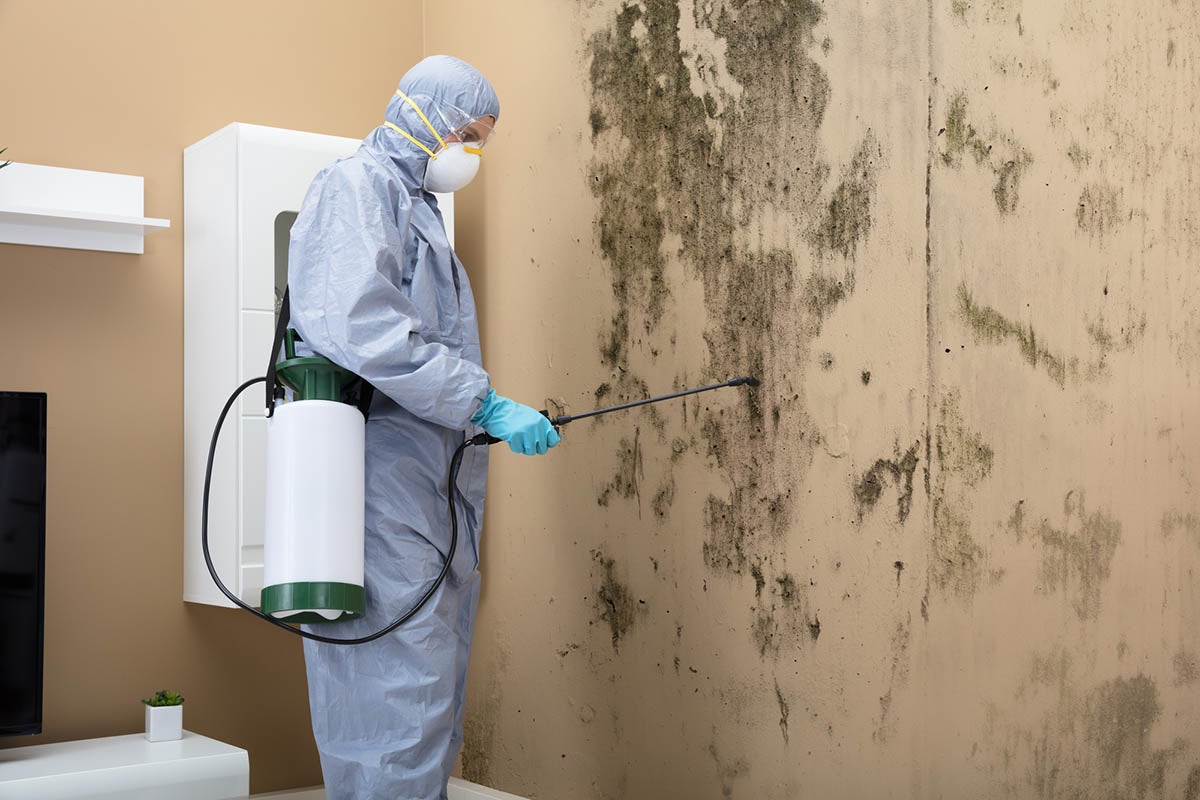Assistance on What to Do After Mold Remediation
Assistance on What to Do After Mold Remediation
Blog Article
Effective Article Mold And Mildew Removal Solutions for Your Home
Mold and mildew development in homes can be a relentless issue, commonly needing a methodical approach for efficient post-remediation services. From recognizing the factors that add to mold and mildew advancement to applying appropriate cleansing techniques and moisture control steps, the process can be detailed yet vital for maintaining a healthy and balanced living setting. Furthermore, exploring all-natural remediation remedies and establishing a regular for ongoing upkeep are vital parts of a thorough mold and mildew removal strategy. As property owners strive to attend to mold and mildew issues, finding the most efficient options becomes vital for the health of their homes.
Comprehending Mold Growth Factors
Mold growth is affected by a variety of factors that are essential to comprehend in order to effectively address and avoid its expansion. Understanding these variables is vital in executing effective mold remediation methods. The main element adding to mold growth is dampness. Mold and mildew spores need dampness to germinate and flourish, making moist or damp environments very vulnerable to mold invasions. Poor ventilation can additionally result in moisture buildup, developing an optimal breeding ground for mold and mildew.

In addition, air flow and light exposure can influence mold and mildew growth. Areas that lack proper ventilation and all-natural light are extra prone to mold and mildew growth. By resolving these factors thoroughly, individuals can effectively reduce mold development and safeguard their living environments.
Proper Mold Cleaning Techniques
Utilizing reliable cleaning methods is essential in resolving and preventing the reoccurrence of mold contamination in indoor settings. When managing mold, it is critical to focus on security by putting on safety gear such as gloves, goggles, and masks. The primary step in correct mold and mildew cleaning is to include the afflicted location to stop the spread of spores to unpolluted locations. This can be attained by sealing the space and utilizing air scrubbers or unfavorable air makers to maintain air top quality.

Applying Dampness Control Actions
To effectively avoid mold and mildew development and contamination in interior atmospheres, carrying out dampness control procedures is extremely important. Furthermore, making certain proper air flow in areas prone to moisture accumulation, such as washrooms and kitchen areas, can help reduce the danger of mold and mildew growth. By carefully implementing these moisture control actions, house owners can efficiently reduce the probability of mold recontamination and maintain a healthy and balanced indoor setting.
Making Use Of Natural Removal Solutions
After efficiently executing moisture control steps to avoid mold and mildew development in indoor environments, property owners can now explore the performance of natural removal options in keeping a healthy living space. All-natural remediation solutions use ecologically friendly techniques to battle mold and mildew and mildew, making them a preferred go to this site choice for those seeking non-toxic choices. By incorporating these natural removal services into their cleansing the original source regimens, homeowners can successfully combat mold growth while advertising a much healthier interior setting for themselves and their households.

Preserving a Mold-Free Environment
In order to stop mold and mildew reoccurrence and make sure a regularly mold-free setting, it is essential for house owners to implement proactive maintenance methods. Consistently examining areas prone to mold growth, such as restrooms, cellars, cooking areas, and attic rooms, is important. Attending to any type of leaks, water damage, or excess moisture without delay can considerably minimize the risk of mold and mildew development. Post Remediation verification. Correct air flow in areas with high moisture degrees is also crucial to stop mold growth. Using dehumidifiers or exhaust fans can assist keep optimal wetness degrees and dissuade mold and mildew spores from thriving.
In addition, preserving cleanliness in the home is crucial for mold and mildew avoidance. Keeping indoor plants in check and making certain correct drainage in exterior landscaping can reduce wetness accumulation, lowering the likelihood of mold and mildew problems.
Verdict
To conclude, it is important to address mold development elements, use proper cleaning methods, apply moisture control steps, make use of natural remediation options, and maintain a mold-free environment in order to efficiently take care of post mold remediation in your house - Post Remediation wikipedia reference Inspection near me. By complying with these methods, you can stop mold and mildew from reoccuring and ensure a healthy living setting for you and your family
The main factor adding to mold and mildew development is moisture. Mold and mildew spores call for wetness to sprout and flourish, making damp or damp settings extremely prone to mold invasions.To successfully avoid mold development and contamination in interior settings, executing moisture control actions is vital. Furthermore, making certain appropriate air flow in areas vulnerable to moisture accumulation, such as kitchens and shower rooms, can help reduce the danger of mold and mildew growth.After efficiently implementing moisture control steps to avoid mold and mildew growth in indoor environments, house owners can currently explore the efficiency of all-natural removal services in preserving a healthy and balanced living space.
Report this page